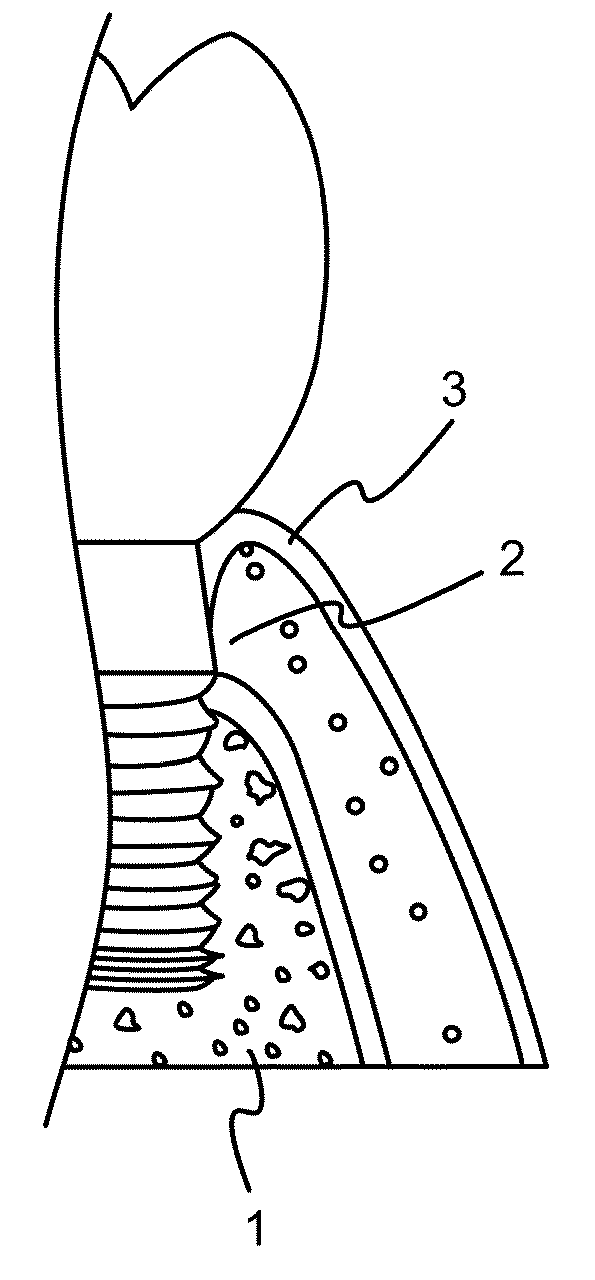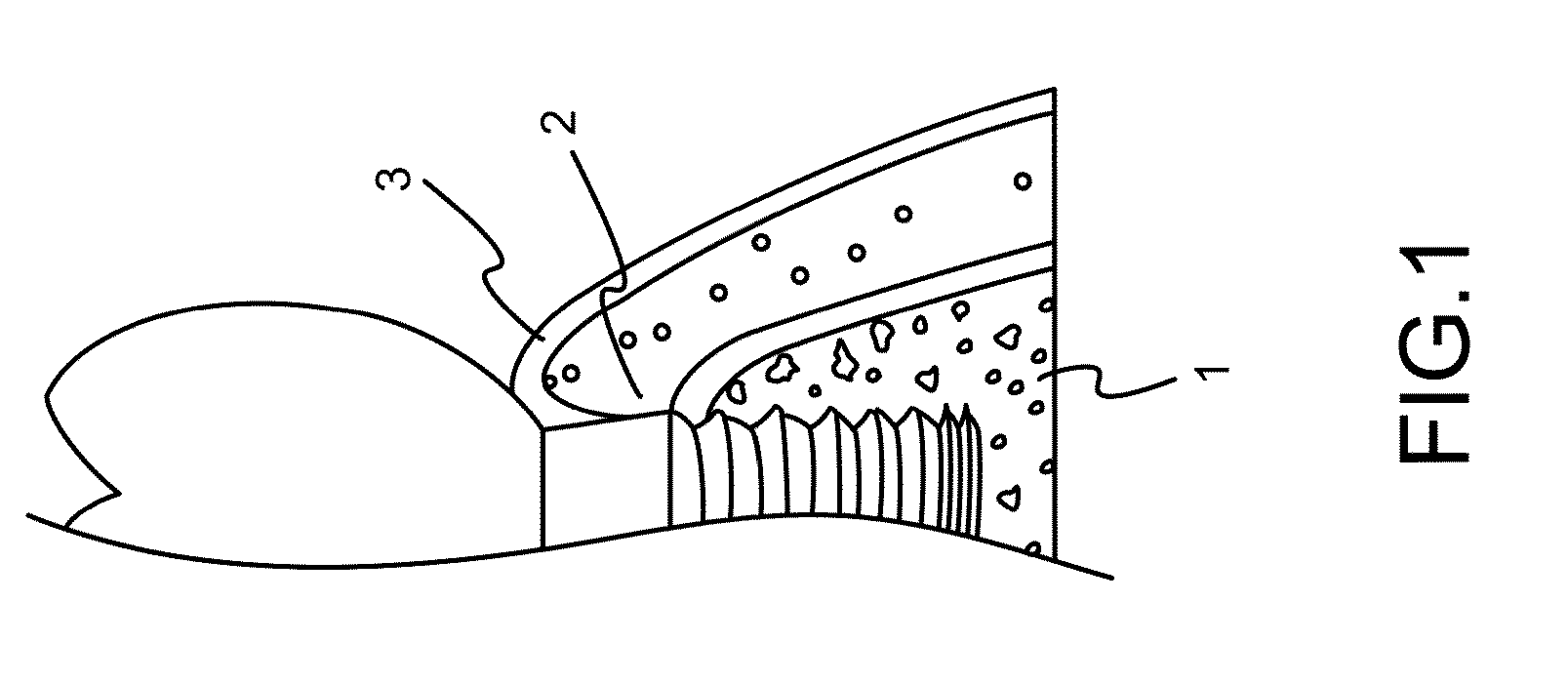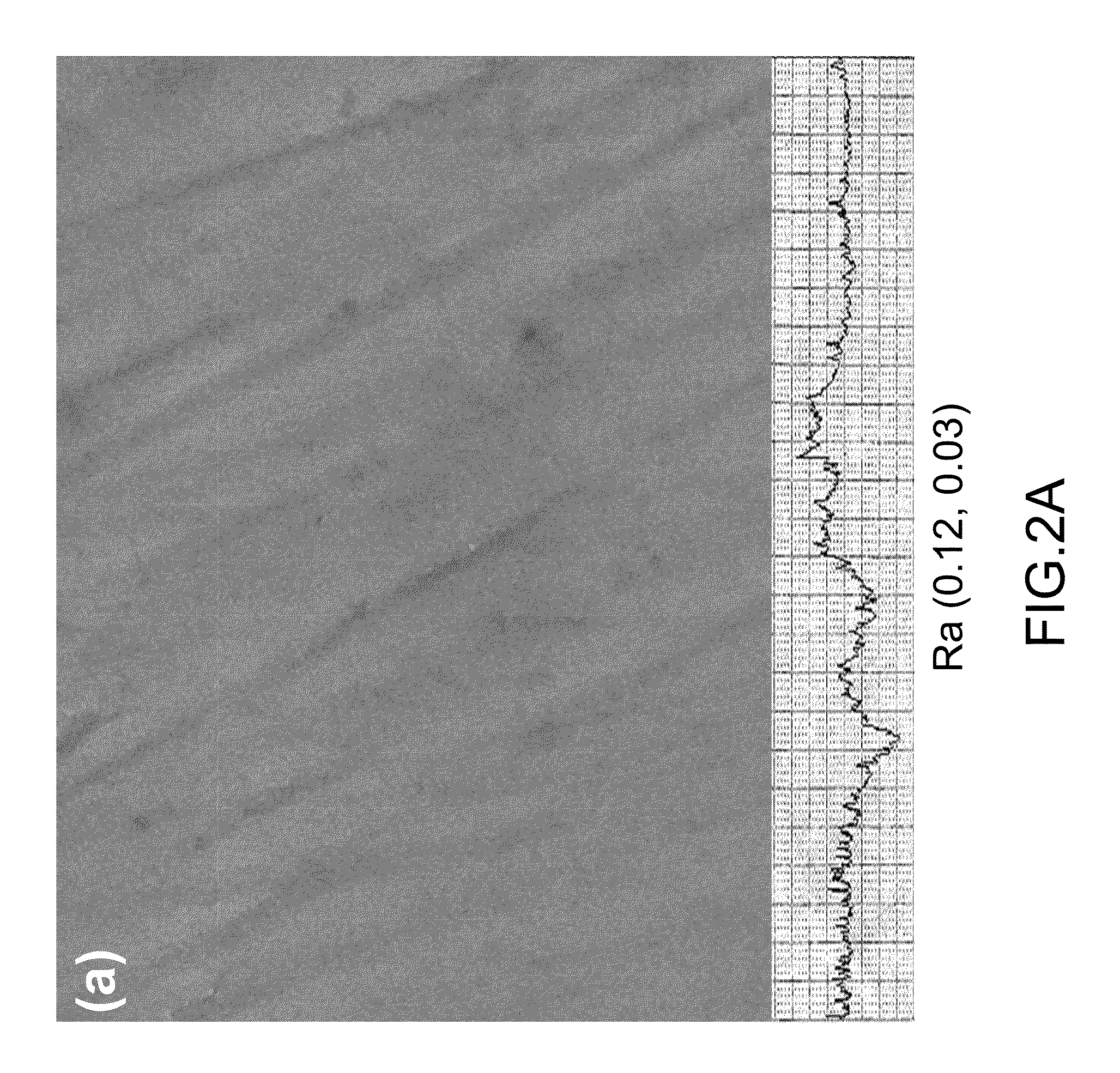Implant Surface Treatment Method Having Tissues Integrated
- Summary
- Abstract
- Description
- Claims
- Application Information
AI Technical Summary
Benefits of technology
Problems solved by technology
Method used
Image
Examples
Embodiment Construction
[0021]The following description of the preferred embodiment is provided to understand the features and the structures of the present disclosure.
[0022]Please refer to FIG. 1 , which is a view showing growth and adhesion of a bone cell, a fibroblast and an epidermal cell. As shown in the figure, the present disclosure is an implant surface treatment method having tissues integrated, where different surface treatments are applied to an implant having a titanium (Ti) metal surface, comprising the following steps:
[0023](a) A Ti metal surface of an implant is treated through a sandblasted, large-grit, acid-etched (SLA) surface treatment to obtain different roughness.
[0024](b) Tetracalcium phosphate (TTCP) is used for cleaning and being embedded into the Ti metal through secondary grit-blasting, where TTCP provides calcium ions; and where growth of the bone cell is promoted and growth of the fibroblast is inhibited.
[0025](c) A bone cell (MC3T3-E1), a fibroblast (NIH 3T3) and an epidermal c...
PUM
| Property | Measurement | Unit |
|---|---|---|
| Length | aaaaa | aaaaa |
| Length | aaaaa | aaaaa |
| Particle diameter | aaaaa | aaaaa |
Abstract
Description
Claims
Application Information
 Login to View More
Login to View More - R&D
- Intellectual Property
- Life Sciences
- Materials
- Tech Scout
- Unparalleled Data Quality
- Higher Quality Content
- 60% Fewer Hallucinations
Browse by: Latest US Patents, China's latest patents, Technical Efficacy Thesaurus, Application Domain, Technology Topic, Popular Technical Reports.
© 2025 PatSnap. All rights reserved.Legal|Privacy policy|Modern Slavery Act Transparency Statement|Sitemap|About US| Contact US: help@patsnap.com



